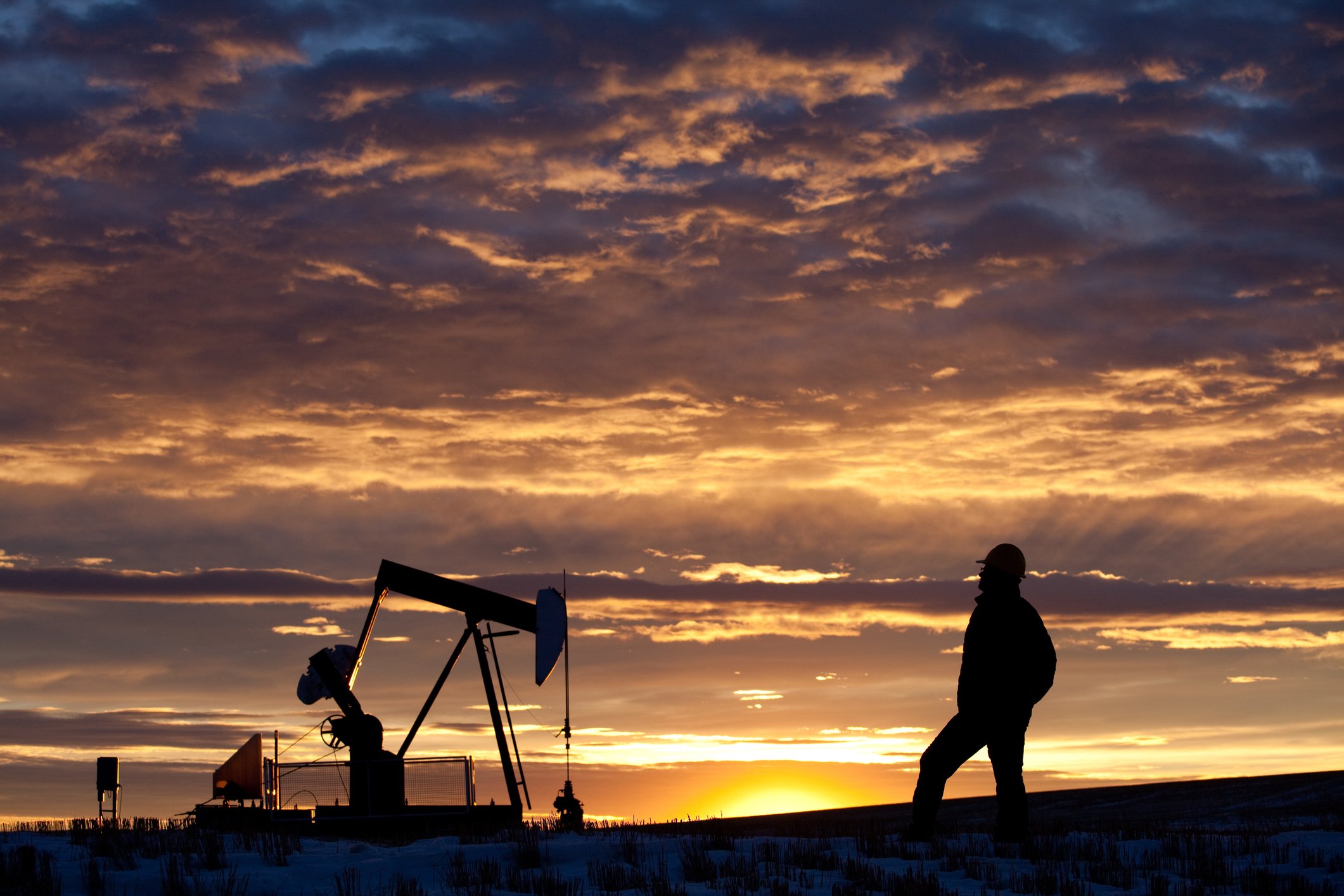President Trump's optimism that Russia, Saudi Arabia, and the United States will come together to cut oil production has bolstered confidence in oil and gas companies. Just a few weeks ago, it seemed that Russia and Saudi Arabia would both raise production and potentially create a global price war. The threat of a price war paired with the demand shock from COVID-19 (the coronavirus) was certainly cause for alarm.
Although there hasn't been an official oil deal, and in many cities, the severity of the coronavirus is expected to have only just begun, it may be a good time to cautiously consider one stock that's looking more and more like an unlikely candidate for a dream dividend stock: ConocoPhillips (COP 1.00%).

Image Source: Getty Images.
Capital discipline: a rare find
ConocoPhillips is one of the largest exploration and production (E&P) companies in the U.S. Unlike many other E&P companies, ConocoPhillips has spent the past five years reducing its breakeven cost-per-barrel while improving its balance sheet. Its financial structure and balance sheet are now arguably the best of any U.S. E&P company.
COP Debt to Capital (Annual) data by YCharts
The company's patient yet deliberate growth strategy has driven its selectiveness when it comes to new investments. In 2019, ConocoPhillips made it clear that it was determined to enter into what it calls the "Lower 48 Big 3 unconventionals," the large shale plays of the Eagle Ford, Bakken, and Permian Basin that together make up over 80% of U.S. onshore oil production. But this determination was predicated on prudence, meaning ConocoPhillips wasn't going to chase after overpriced shale assets.
Meanwhile, the strategy for other E&P companies is simple: Take on debt to acquire a large number of shale assets that, with scale, achieve a low breakeven cost-per-barrel. Simple enough.
Yet, there's a lot of dubious assumptions with this strategy. The first is that the price of oil will be higher than the breakeven. Many of the shale plays breakeven at $40 or less per barrel, but that doesn't do much good if oil is below that. The second assumption is that their return on invested capital will be higher than the interest rates on the debt needed to achieve that scale -- a crippling mentality if cash flow grinds to a halt, which it will as long as oil remains below breakeven levels.
ConocoPhillips has abstained from this debt-driven growth strategy, choosing instead to fund its growth with operating cash flow, all the while keeping a large amount of cash in reserve.
Necessary measures
On March 18, ConocoPhillips invited analysts to a conference call that outlined the measures the company is taking in response to the current market. Notable takeaways include the following:
- Reduction in its 2020 capital program by 10% ($700 million).
- $400 million of the $700 million cut would have gone toward Lower 48 growth, so Big 3 year-over-year production is now expected to increase just 7% compared to an earlier estimate of 11%.
- Reduction of share repurchases from $750 million per quarter to $250 million per quarter starting in Q2 2020.
- Reduction in 2020 production by 200,000 barrel of oil equivalent per day (boed).
- Lower 48 returns are above 10% even when oil is "in the high 20s".
- $14 billion in liquidity to weather the storm.
ConocoPhillips is different from other shale players in that it can cut its flexible shale assets and simply focus on preserving the ongoing maintenance and support efforts on its legacy assets in the Asia Pacific and Middle East regions. This is an advantage over companies that rely on new shale investments for the bulk of their cash flow.
Ryan Lance, Chairman and CEO of ConocoPhillips, had this to say in response to an analyst's question about operating in a $30 oil market:
"We probably have greater conviction around our 10-year plan because it really is a philosophy for how to run an E&P business in a volatile market environment. So, it is one that's focused on returns, not necessarily on growth. We think you ought to be investing 70% of your cash to grow and develop your company and returning 30% back to the investor. So, we want to keep a strong balance sheet, which we've done. We want to keep some cash on hand, which we've done to handle the volatility."
An unexpected dividend stock
Speaking of returning cash, ConocoPhillips' dividend now yields over 5%.
COP Total Dividends Paid (Quarterly) data by YCharts
Free cash flow (FCF) has consistently been around three times dividend payments, meaning that even if the company's FCF takes a hit, it should still be able to cover the dividend obligation.
Although ConocoPhillips isn't traditionally known as a dividend stock, its reduced stock price, paired with capital discipline and strong fundamentals, makes the company a dividend investor's dream in the current market environment. Even though ConocoPhillips is unlikely to raise its dividend, it's also unlikely to cut it, especially since its freeing up cash by reducing share buybacks. Simply put, it's a reliable 5% yield tied to a good company.
ConocoPhillips shares are an attractive offer in a market where many companies may be forced to cut their dividends. That being said, the uncertainties surrounding the oil and gas market are cause for concern.








